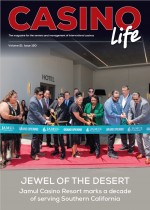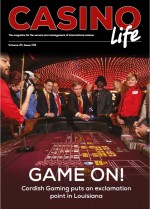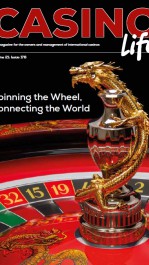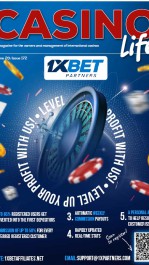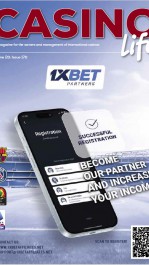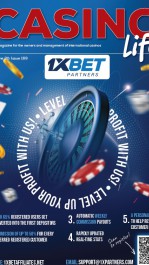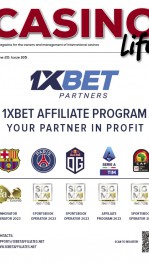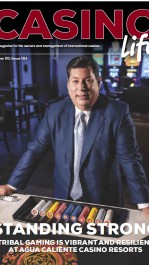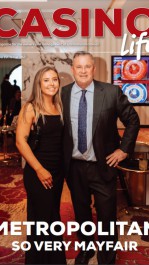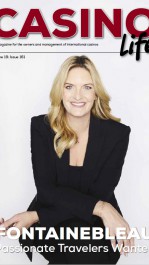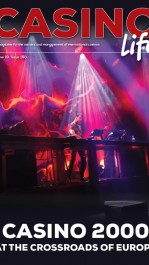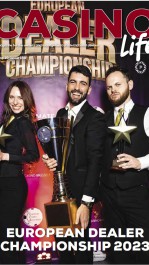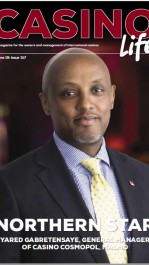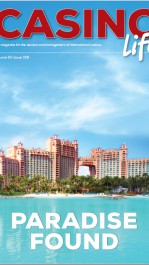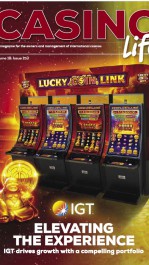General Manager Ryan Growney reflects on South Point’s growth, its unique equestrian niche, and why value-driven hospitality keeps this Las Vegas resort thriving. By David McKee
When Coast Casinos CEO Michael Gaughan announced, in 2003, that he would be building a casino-resort predicated upon an equestrian arena, some scoffed. It was such a risky, contrarian thing to do. Gaughan would eventually have the last laugh, but it has been a winding, 20-year journey from then-South Coast’s debut in December 2005.

By the time the $625 million (a huge budget for a locals casino) first phase had been built, Coast Casinos had been absorbed into Boyd Gaming, resulting in a clash of corporate cultures. Boyd seemingly didn’t know what to make of South Coast or of the egalitarian Gaughan way of doing things. An October 2006 divorce was effected, as Gaughan took South Coast with him and renamed it South Point.
At the time, Gaughan said, “I’ll straighten this place out. I’ve kind of been too far removed from it. I’ve gotten lazy. It’s time to go back to work.” (Boyd intended to put its resources into Echelon Place and North Coast, neither of which was ever realized.) Reverting to the Gaughan family, South Point Casino grew and grew, undergoing expansions in 2008 and 2010.
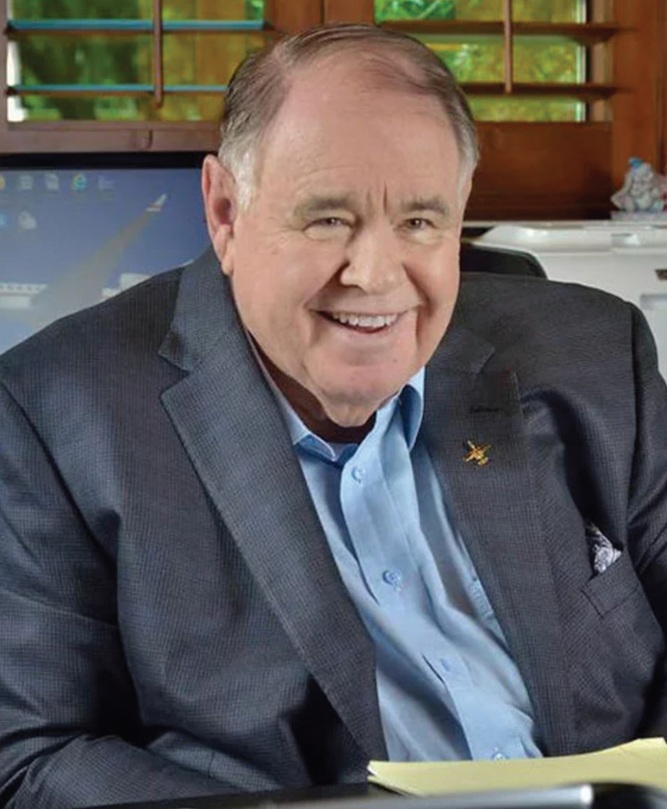
Image: Michael Gaughan, CEO, South Point Hotel, Casino & Spa
A maverick even among casino owners, Gaughan had bucked the post-9/11 tide by hiring more workers at a time the casino industry was sacking thousands.
During the Great Recession, he twice enlarged South Point. It’s confidence like that which has set him apart. South Point General Manager Ryan Growney has had, for 15 years, a critical role in steering South Point’s ever-rising fortunes. Where Gaughan himself is media-shy, Growney is expansive and upbeat. He sat down with Casino Life for a lively chat on the past, present and future of the Gaughans’ signature resort.
Ryan, what is your background in the industry and what brought you to South Point?
I was born and raised in Las Vegas. I went to Georgetown University and got a finance degree. I spent seven summers rodeoing. I was going to go to law school, because I didn’t know what I was going to do, and ended up taking a summer job in the Coast Casinos carpenter shop. That building is the Las Vegas School of Dealing and I always thought dealing would be fun. So I went to dealer school for a week and then broke in at The Orleans, pitching cards.
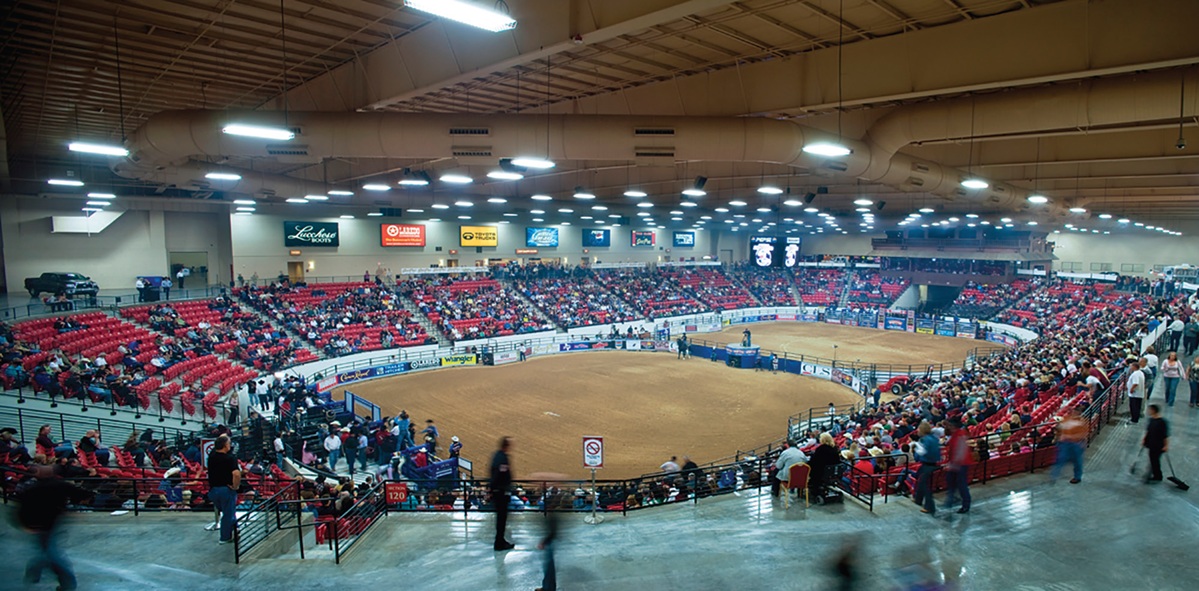
I just fell in love with the business and never looked back. My family has known the Gaughan family my whole life. Mr. Gaughan said, “If you’re interested, let’s move you around a little bit, see if you like this.” So I went to the food department, worked in the ice cream shop, the butcher shop, the front desk, reservations and I just loved it. I love the action. I love having a job where you’re here for 14 hours and it feels like six, as opposed to a job that you’re there for eight hours and it feels like 12.
My biggest break was actually the merger with Boyd Gaming, because Mr. Gaughan’s structure is very flat: It’s him, me and I’ve got 36 direct reports. When they merged, Boyd wanted him to replicate their hierarchy.
So there were a lot of spots to fill very quickly and I had moved around the casino by that point. Where there was a hole, I filled it and was able to move up very quickly. I’ve worked at seven properties: I started at The Orleans, went to Suncoast, went to Barbary Coast.
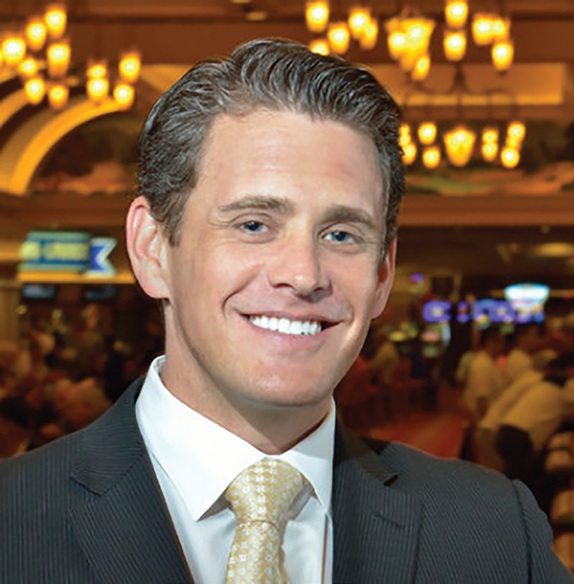
Image: Ryan Growney General Manager, South Point Hotel, Casino & Spa
I actually was at South Coast at the opening, as assistant GM. Then the arena general manager quit before it opened. So I took that spot, because I had a cowboy hat and boots – but didn’t know anything about it. In six months I got it open, moved on, went back to The Orleans. Then I was general manager of Barbary Coast when Mr. Gaughan decided he wanted to separate from Boyd Gaming and he ended up with South Coast. He renamed it South Point ‘cause he only had to change three letters on the sign. I stayed with Boyd Gaming at Barbary Coast.
Boyd had just purchased Dania Jai-Alai and needed a guy on the ground in Florida to run that transition team. So I went to Florida for seven months, and came back and went to work at Sam’s Town as the director of operations for two and a half years. Then the general manager at South Point retired and Mr. Gaughan called me for an interview. I got the job in 2010 and have been here ever since.
You came up the old-fashioned way, didn't you?
That’s how Michael Gaughan likes to do it.
What is your working relationship with the Gaughans like?
Everyone’s working relationship with the Gaughan family is amazing. I’ve never met a person that cares about his employees more and I’ve never met employees that care about their employer more. His office is right next to mine. We have lunch together three or four times a week. He is very hands-on. The phone rings, he picks it up. It’s fantastic to watch.
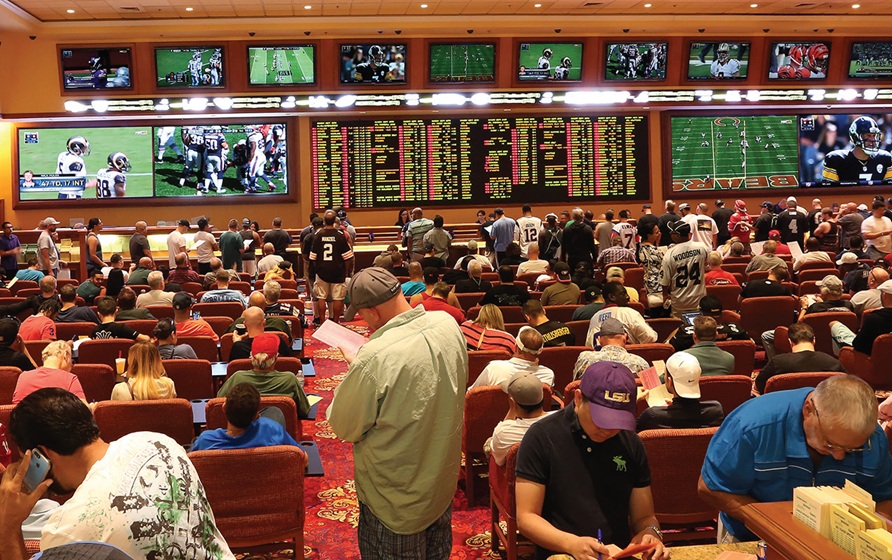
After almost 20 years in the market, what are South Point's keys to staying relevant and competitive?
We joke about it all the time because, obviously, there’s been a lot of changes in the market, whether it’s local or destination. That’s the brilliance behind South Point. The Orleans was kind of a hybrid with 1,800 rooms. We have 2,163 rooms. We have the Grandview timeshares next door with 2,000 rooms.
We have amenities that a destination property has, but we are a locals casino. We have bingo, bowling, movie theaters, very inexpensive food. So all the destination amenities that make us great, the locals enjoy. And all the local amenities that we have, the destination guests enjoy.
There’s something to be said for the way things used to be. Even our buffet: three meal periods, seven days a week. I don’t think it exists in town anymore. There’s a couple that have brunches, but they’re not three meal periods and they’re not many left anymore.
I’m serving 3,000 to 3,500 people a day in my buffet. If I didn’t have the buffet I couldn’t feed all the people that we have here. You still get the value: free parking,
inexpensive food, drinks are cheap. We’re doing $2 beers for football season and people, especially now, have come to love that fact. We have such long-term employees here that are so happy to service these guests. It’s hard to explain but the culture and the employees that we have and the service that we give our customers – it shouldn’t be a secret. [laughs] That’s what our success relies around.
The equestrian center is an unusual amenity. How important is it as a draw?
It’s very important, for a couple of reasons. Paula Gaughan designed the thing. She traveled all over the country, going to cutting-horse shows at equestrian centers, and when it came time, Michael still had the Orleans Arena – maybe the nicest mid-size arena in the country. When he was building this property, he didn’t want to build another arena to compete against himself.
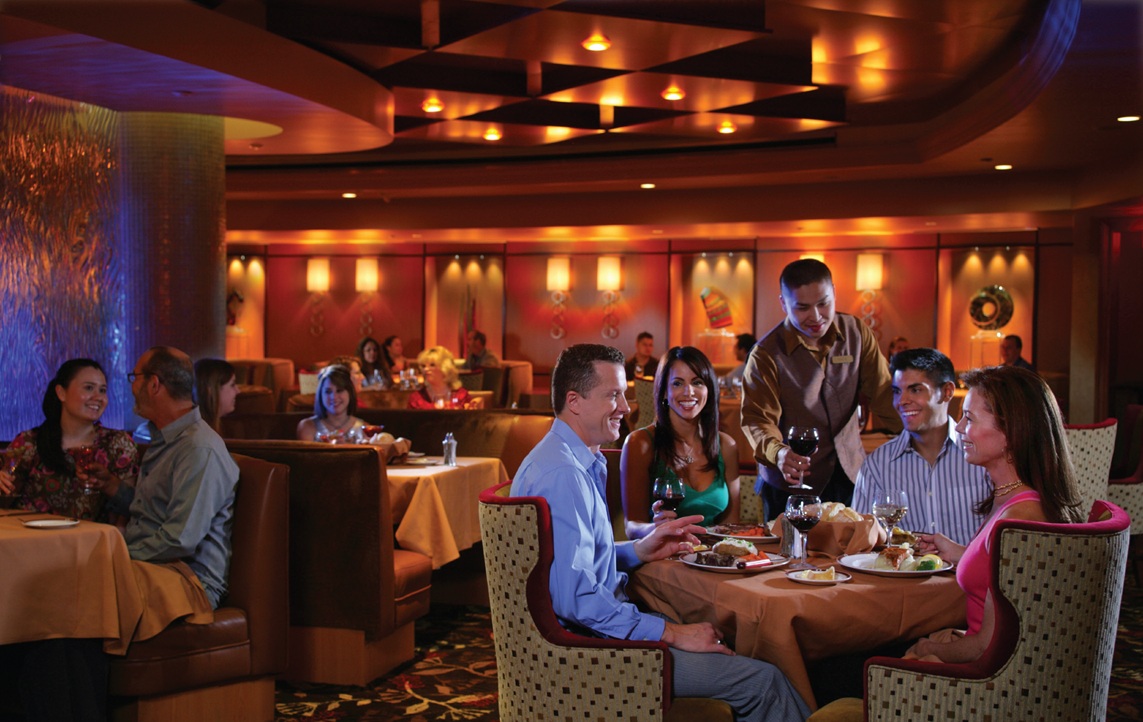
Mrs. Gaughan designed this for the competitors. You drive off I-15, you pull in the barns, you check into your room, into your stalls and into the show, all in the same location. The barn bellmen take your stuff to your stall. The hotel bellmen take your luggage to your room. You park out back along I-15, we pick you up in a John Deere Gator and bring you back. Your bags are in your room, your stuff’s in your stall, so you can now compete in three different arenas in an 11-day show and eat dinner in a different restaurant every single night, and never go outside.
It’s important to the Gaughans because it’s a labor of love. Everybody’s got a brand or an identity. It’s what we have become known for. We’ll do 30 equestrian events spanning 46 weeks of the calendar. So 46 weeks of the year, we have cowboy hats in the building. A lot of people like that. That arena is busy 49 weeks of the year. The three weeks that it’s not is by design, because we’re sold out for other things.
Obviously, you do a normal arena, you have a concert and 10,00 people show up, and you hope that 2,000 stick around in the casino. For the equestrian center, you’re going to stay where your horse is staying. So those 1,500 or 2,000 people, they’re going to stay with you for five days. It’s all about the competitors and the people renting hotel rooms. It’s turned into the number-one, premier equestrian center in the country.
Gambling aside, how much have the other offerings changed over the years?
Not much. Michael is 82. He’s been doing this longer than anybody. He got a call the other day: “Hey, you’re the longest-licensed individual in Las Vegas.” We were licensing people before other states, which means he’s the longest licensee in the world. He’s always done it his way and we’ve carried that on. There hasn’t been much to change and part of the reason is we’re kind of land-locked. We added the third tower. We added a tournament bowling plaza and it has become an absolute monster.
Outside of that, it still has the same feel as his properties have over the years. It’s just gotten bigger and he has taken the things that worked at the other properties that he's built – this is his fifth – and this is kind of his masterpiece. It’s all the things that worked at the other properties, all the things that the customers like and want. We have those here and it seems to be benefiting us well.
Let’s talk about that bowling alley.
Bowling center, sir. [laughs]
My apologies!
Mr. Gaughan has built more lanes than anybody in the country. He’s had bowling centers at Gold Coast, The Orleans, Suncoast and we have a normal, 64-lane bowling center here. It was Christmas Eve, my first year here, and my bowling director at the time, said, “There’s a thing called the United States Bowling Congress.” The Congress hosts four tournaments a year. They were getting ready to select the next 10 years’ worth of cities to host their tournaments. He said, “I really think this would be something amazing.” They had just left Las Vegas and had 90,000 bowlers. That was an anomaly. It was their first time in Vegas but the average would be 50,000 or 60,000 bowlers in one tournament for the USBC Open Championships.
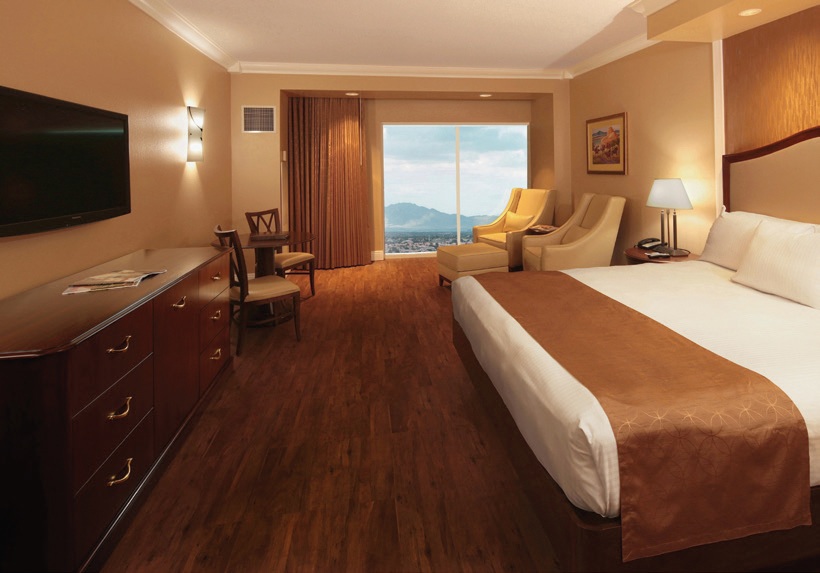
I said, “Hold on a second. Fifty-thousand bowlers!” There’s a reason there are bowling centers in all local casinos. It drives people, and they’re good people and they like to gamble. So I’m doing the math: 50,000 bowlers, three and a half nights per bowler plus a guest. So we presented it to Mr. Gaughan and he said, “Let’s do it.” We built a $35 million facility. It gave us the ability to have two additional competition arenas on the first floor. Then we’ve built the tournament facility on the second floor. We had the Open Championship last year and had 55,700 bowlers. The tournament lasts six months and it’s 500 rooms a night. Going into it, you know that six months a year you have 500 rooms occupied from the jump.
Again, it provides a level of action that we have going on. Every day, 300 bowlers come in and 300 bowlers leave, and it’s a wonderful piece of business. If a big show breaks or a big convention is starting – you’ve got a thousand people that have to eat, they have to go to Starbucks, the coffee shop, it jams up your front desk. For this, we have five squads a day. The first one starts at 7 a.m. The first 300 people get up, go to Starbucks, the coffee shop, go bowl. Then two hours later, the next 200 come through, and they get ready and go to the bowling center.
It’s this beautiful flow of traffic and it doesn’t negatively impact any of the other operations or your locals or the parking. At the end of it, 55,700 people come through your building and it’s amazing. This year, we had the women’s championship too and it was 16,000 bowlers. It’s only about two and a half months. When you bump it up against the Open It feels small but it’s still the third-largest bowling tournament in the world. We built the center for the Open championship. But that has given us the ability to book these other tournaments throughout the year. On an Open-championship year, it’s probably in operation 300-plus days a year.
Is the restaurant row still largely the same?
It has not changed. We did add Steak & Shake, which has been here now 12 years. Then we added the sushi restaurant and that’s been here 11 years. We changed from Seattle’s Best to Starbucks. So we have the number-one Steak & Shake in the country and, by transaction, the number-one Starbucks in the state.
Are the three hotel towers proving sufficient?
They are. Michael Gaughan has several quotes that I enjoy and one of them is, “You don’t build a church for Easter.” So during the National Finals Rodeo, we never go on sale. You can’t buy a room at South Point during the NFR because it’s full, between the Professional Rodeo Cowboys Association convention, our World Series of Team Roping —which is the fourth-richest equestrian event in the world — and then our normal customers.
What is the size of your gambling inventory at present?
We have 2,110 slot machines, 68 table games and 30 poker tables.
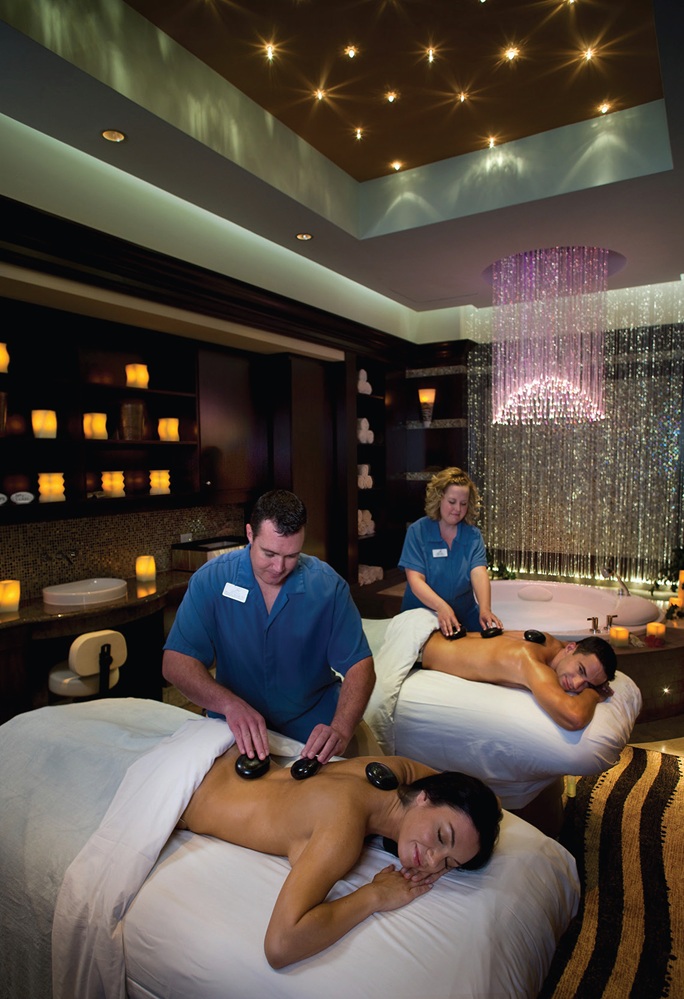
How much marketing do you need to do and where would you say your price point is?
We do our local campaign and our destination campaign. We send out a monthly mailer to our locals and we send out a quarterly mailer to our destination customers, based on gambling. We probably advertise in the newspaper more than anybody else because Michael’s always loved the newspaper. We also have probably more billboards in town than anyone else, because you can’t go to television anymore. Everyone DVRs and fast-forwards through it. There’s e-mails that go out, but our local and destination campaigns are our two largest.
Price-point-wise, how do you answer it? We know what we are. We’re not the Wynn. We’re not The Venetian. We call it “affordable luxury.” When you start seeing some of the prices that are going on around town, with regard to food or drinks or resort fees or parking fees, we now become very, very affordable. Our guests like that.
How much of your customer mix is locally derived?
I’m going to say 65/35 locals.
What about the remainder of your customers? From where do you draw?
It’s funny, because of the equestrian center, Texas comes into play. But California is number one. Then you’re looking at Texas, Arizona and then it’s a hodgepodge from our destination guests that come in for the various events that we have.
What do you make of Las Vegas’ current economic problems and how much is South Point affected by them?
It’s very interesting. We’re obviously following it. I am a little concerned with the press that we’re receiving. It’s not great and I don’t necessarily disagree with some of the things that you say. The local market’s doing pretty well. Station had their best Q2 ever or close to it, so the local market is strong.
Obviously, this town has exploded: all the people moving from California, the home prices, things of that nature. Because we’re a blend, we have not been impacted as much as the Strip and we’re comfortable where the market is. We have some concerns with the negative press on Las Vegas turning people off. A sinking tide sinks all boats. But at this time we’re very comfortable with where we stand.
Has Las Vegas become overpriced and how much of a value proposition is South Point?
Yes, Las Vegas has become overpriced for a lot of people. Before Allegiant Stadium, who were Las Vegas’ customers? They were people that loved Las Vegas and they came a couple of times a year. Then we got so focused on F1, Super Bowl, Beyoncé, the Sphere, now the A’s are coming – and those people will come. They’re going to come for those big events. And they’ll pay. But those people who came two or three or four times a year? We’ve lost a little bit of focus on them – and South Point hasn’t.
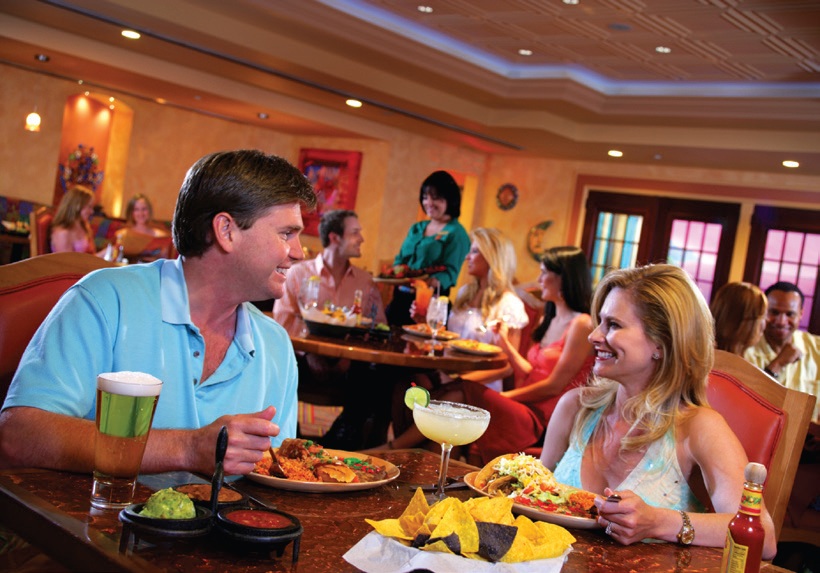
We are a deal. Mr. Gaughan makes sure of one thing: If you come here, you’re going to get the best drink prices, food prices, the best gambling odds. All blackjacks still play 3:2. Our sports book pays out better than anybody else. Our slot promotions are as lucrative as anyone else. So people understand that if you come here, you’re going to get the best deal that you’re going to get anywhere, with a wonderful experience. Again, by head count, we’re the number one in town and that’s why: Because we are a good deal at a time when Las Vegas is getting some bad press for not being a good deal anymore.
Do you have any concerns regarding Station Casinos building a casino next door on Cactus Lane?
Station are great operators and, if they open up a spot down the road, of course there’s going to be … we’ll worry about it when they announce it. But the south valley is the fastest-growing part of town. Will it affect us? Absolutely. When they come, we will have to put on a little friendly competition.
What are your own aspirations?
My aspirations are to serve at the pleasure of the Gaughan family for as long as they have me. I got lucky enough to be sitting in a spot where I can get out back, sit on a horse and ride around herding cattle. What general manager can leave their office, jump on a horse and go push cows around in their back lot? [laughs]
Ask anyone and they will tell you the same thing. Michael Gaughan is the greatest person, greatest boss. He is so amazing. Watching him working the casino business, it’s just such a natural thing and he has a way of simplifying things. He is so good to the employees and the customers. I can’t imagine for working for anyone else.
On behalf of Casino Life Magazine and Outsource Digital Media, I would like to Michael CEO, South Point Hotel, Casino & Spa, Ryan Growney General Manager, South Point Hotel, Casino & Spa for your time, along with your PR Team for providing your this for this interview.
*** This interview was originally published in Casino Life Magazine Issue 180 September 2025 ***


